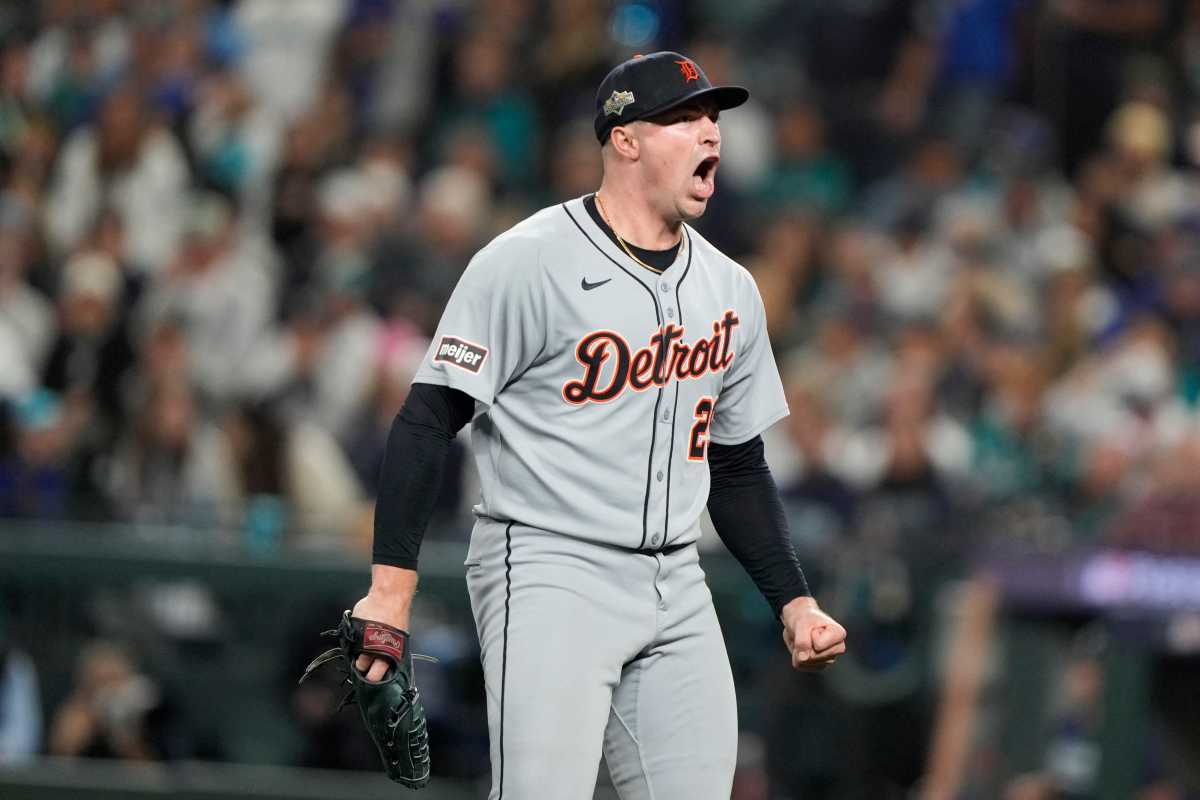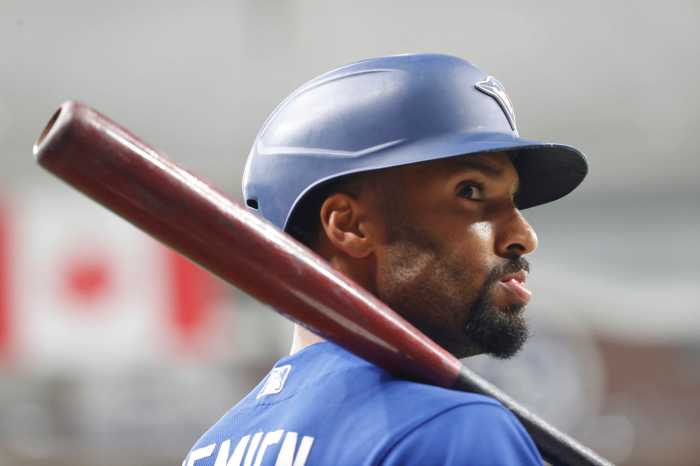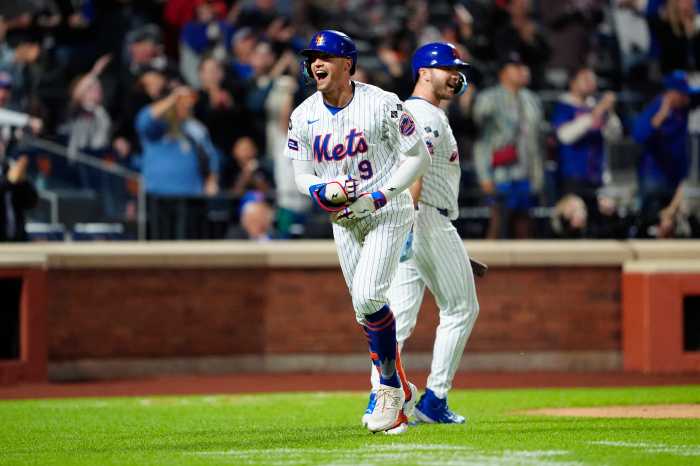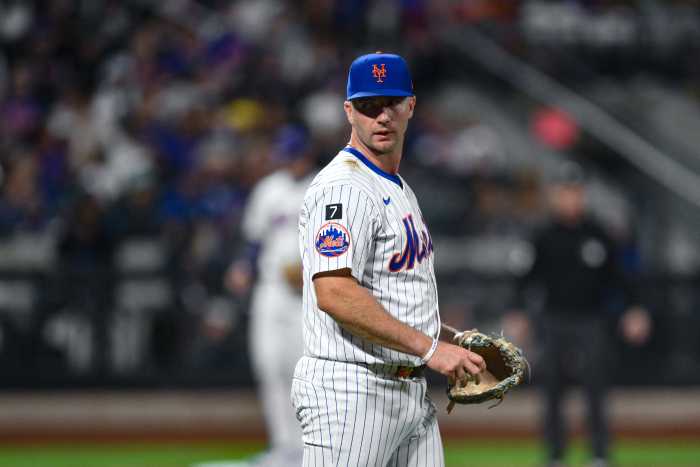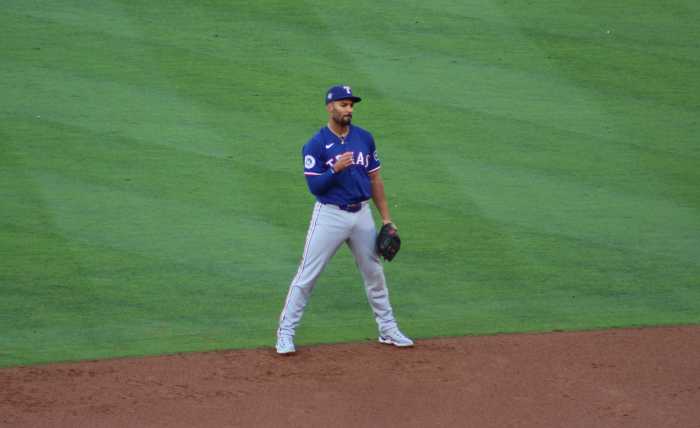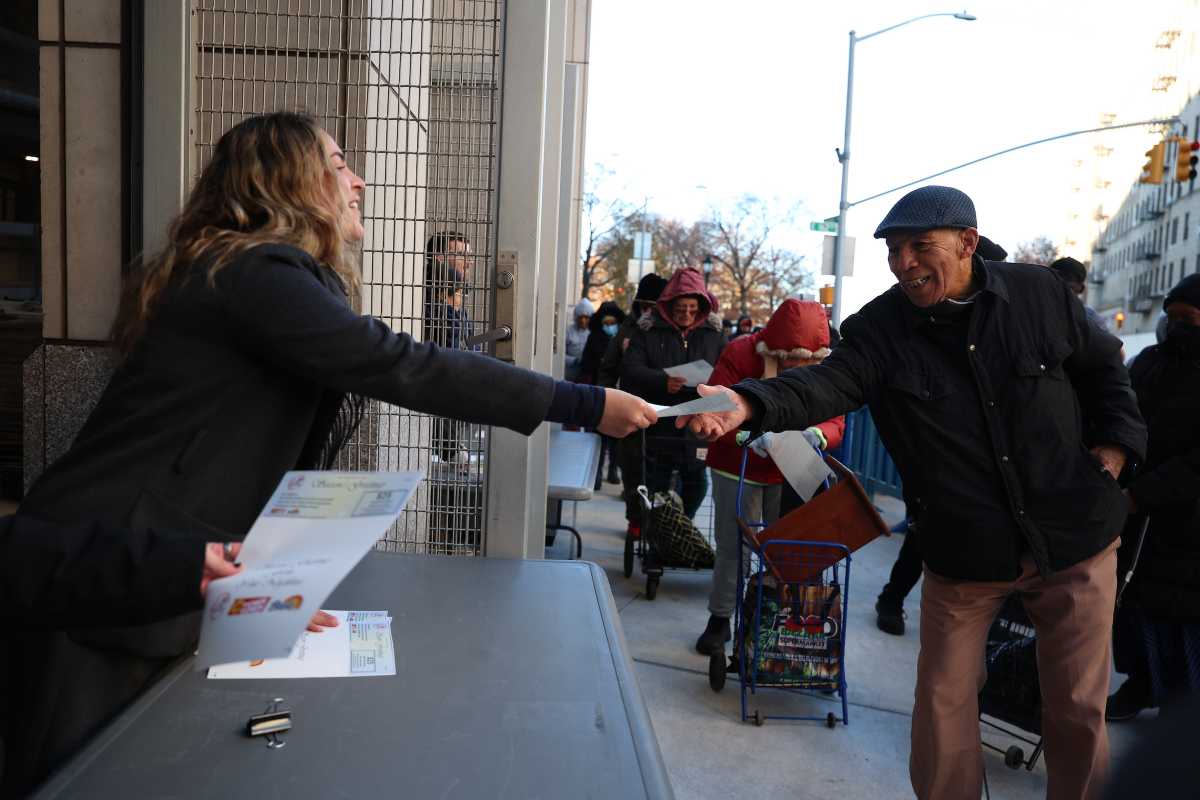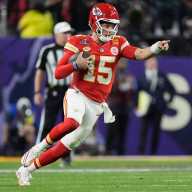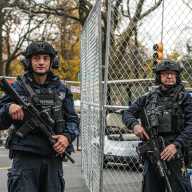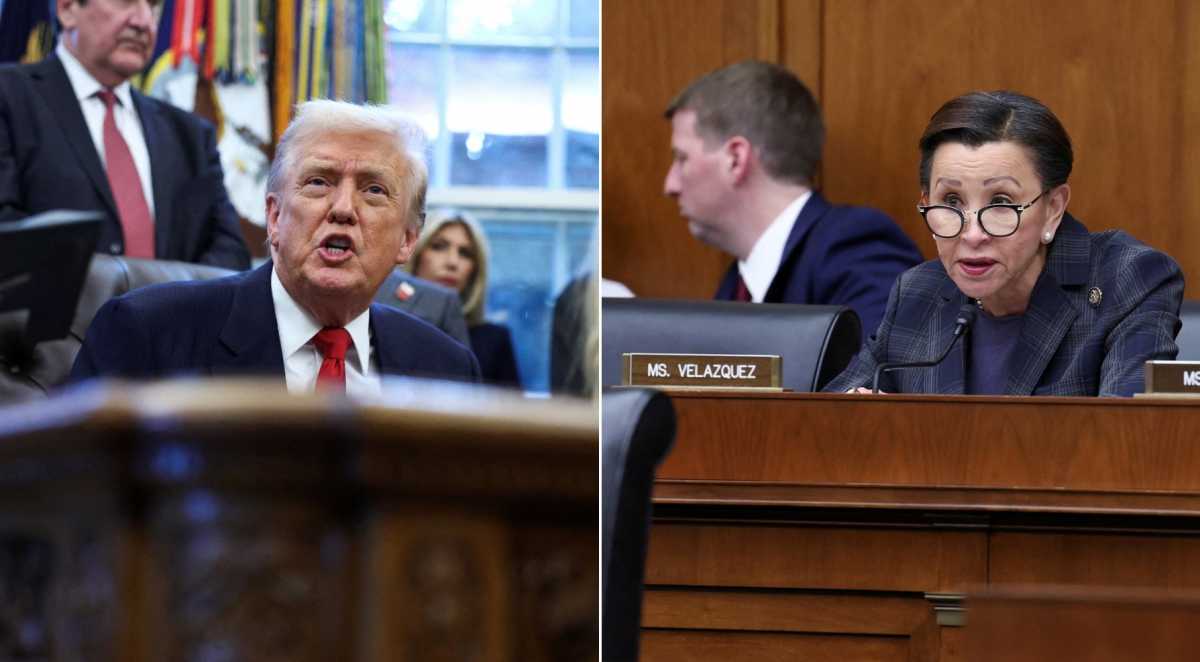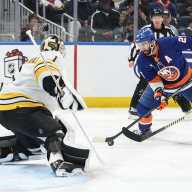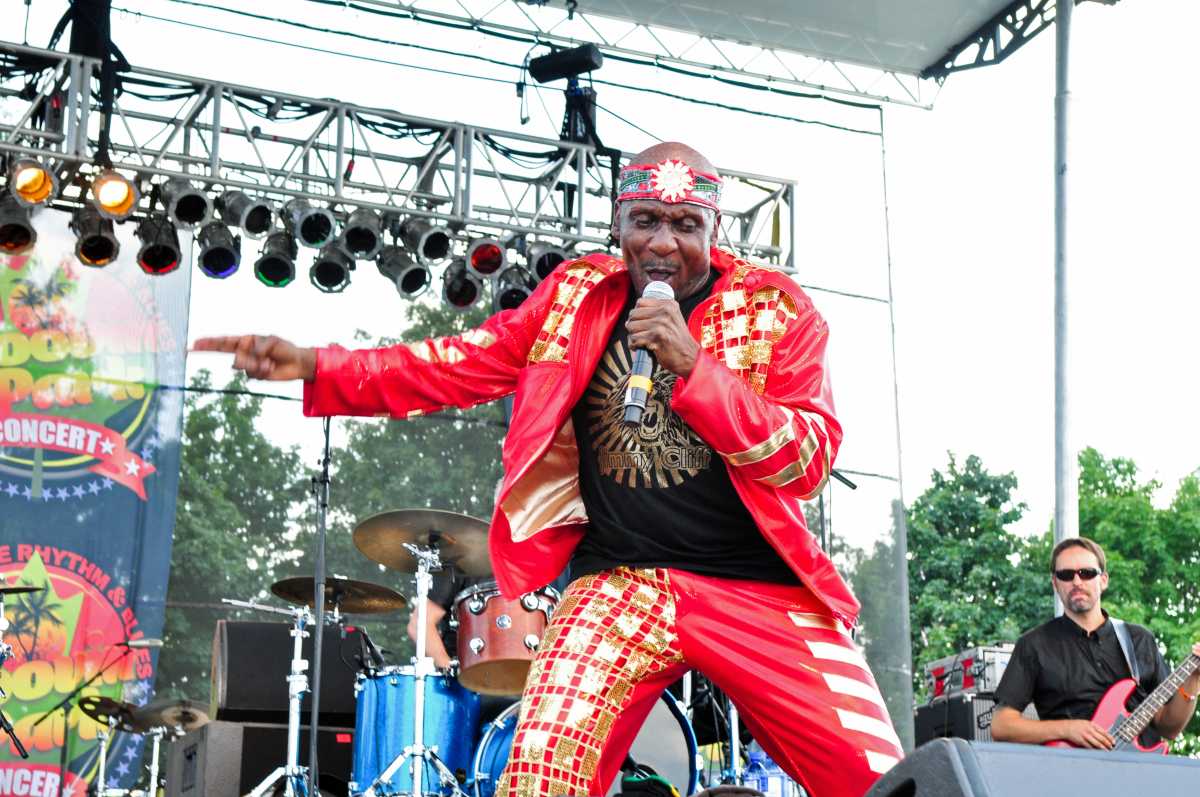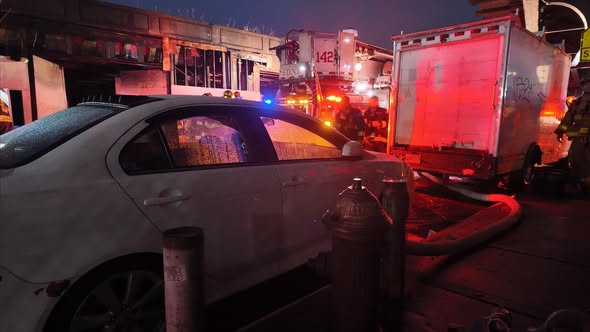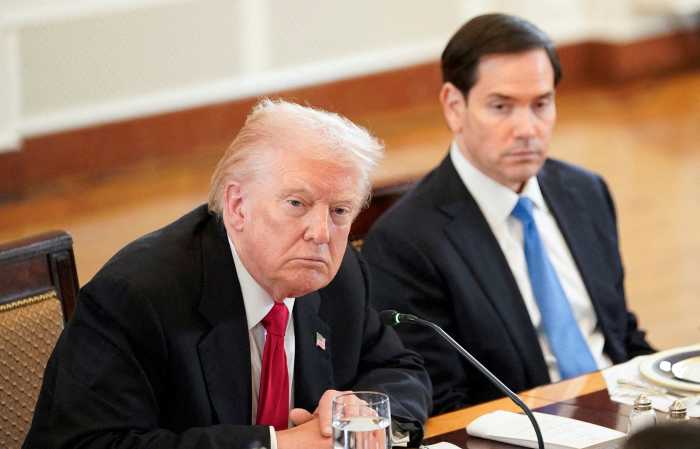What do the New York Mets realistically have to work with when it comes to their starting rotation in 2026?
Nolan McLean looks like he is an ace in the making after his torrid MLB debut down the stretch. Fellow prospects Brandon Sproat and Jonah Tong may need more seasoning in the minors before making the full-time jump to the bigs, especially for the latter of the duo.
Clay Holmes performed admirably well for what he was supposed to be: a bottom-half arm making the jump from reliever to starter.
After that, it gets awfully murky.
David Peterson nosedived from All-Star in the first half to liability in the second. Sean Manaea could not recapture his 2024 heroics after his 2025 season began late because of an oblique injury. Kodai Senga lost the mechanics and the feel that made him one of baseball’s most imposing pitchers in 2023, as a slew of injuries has derailed each of his last two years.
Griffin Canning’s lone year in New York, which began with promise, ended with a ruptured Achilles and, now, free agency. Frankie Montas was so bad that he was demoted to the bullpen before a UCL injury that needed Tommy John surgery ended his 2025 and already eliminated his 2026.
The rotation’s shortcomings are worn by president of baseball operations, David Stearns, who constructed a precarious group that was the Achilles heel of the Mets’ slow collapse from mid-June on.
A rotational revamp is now necessary if the Mets want to live up to the expectations they put on themselves last offseason as World Series contenders after signing Juan Soto. To do that, Stearns will either have to stray away from his philosophy of not paying big money for free-agent pitchers or dive into the trade market and part with notable prospects.
The free-agent market
Dylan Cease
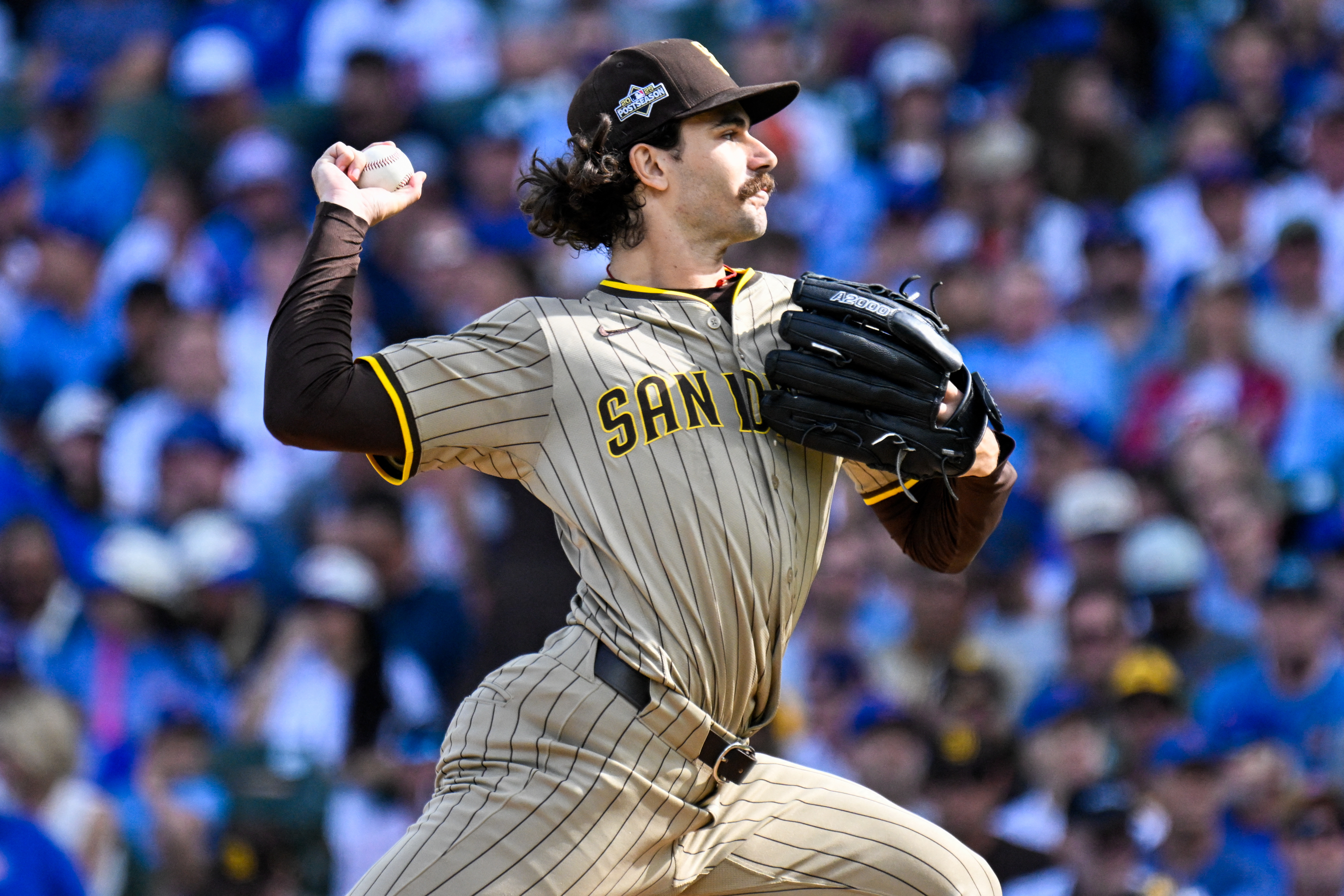
The Mets need some stability in their rotation, and Cease has proven in recent years that he cannot be depended on for that. When he’s good, he’s great. He was the AL Cy Young runner-up in 2022 with the Chicago White Sox when he went 14-8 with a 2.20 ERA and 227 strikeouts in 184 innings. In 2024 with the San Diego Padres, he went 14-11 with a 3.47 ERA and 224 strikeouts in 189.1 innings.
But when he’s bad, well, the production mirrors what the Mets got from the majority of its rotation this season. He went 7-9 with a 4.58 ERA in 2023 with the White Sox. This year in San Diego, he was 8-12 with a 4.55 ERA.
The 29-year-old righty can strike a ton of guys out. He has eclipsed the 200-punchout mark in each of the last five seasons. But his control issues are well-documented, and it simply isn’t good enough to advertise as a front-line starter in Queens. A short-term, affordable deal as a No. 3 or 4 arm, however, creates a different story.
Should the Mets pursue?: No
Framber Valdez
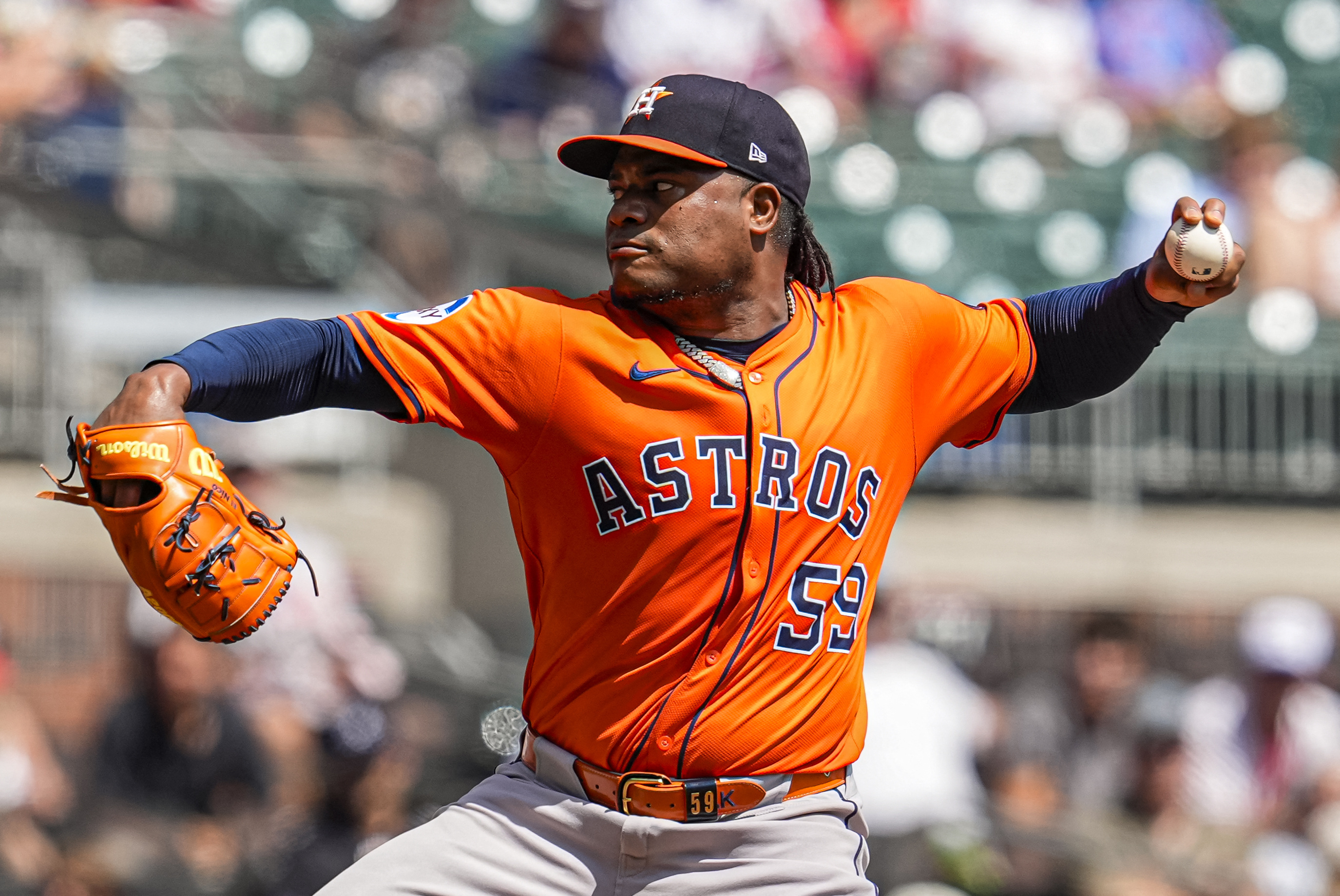
Since 2021, Valdez has been one of the better pitchers in the American League, going 68-41 with a 3.20 ERA while averaging 180 innings and 175 strikeouts per season.
By no means was 2025 his best season, but it was still commendable for a pitcher of the junior circuit. He posted a 3.66 ERA with a league-leading two complete games, 192 innings pitched, and 187 strikeouts.
The 31-year-old right-hander eats innings and usually limits damage. Of his 31 starts this season, he allowed three or fewer runs in 21 of them.
Should the Mets pursue?: Yes
Ranger Suarez
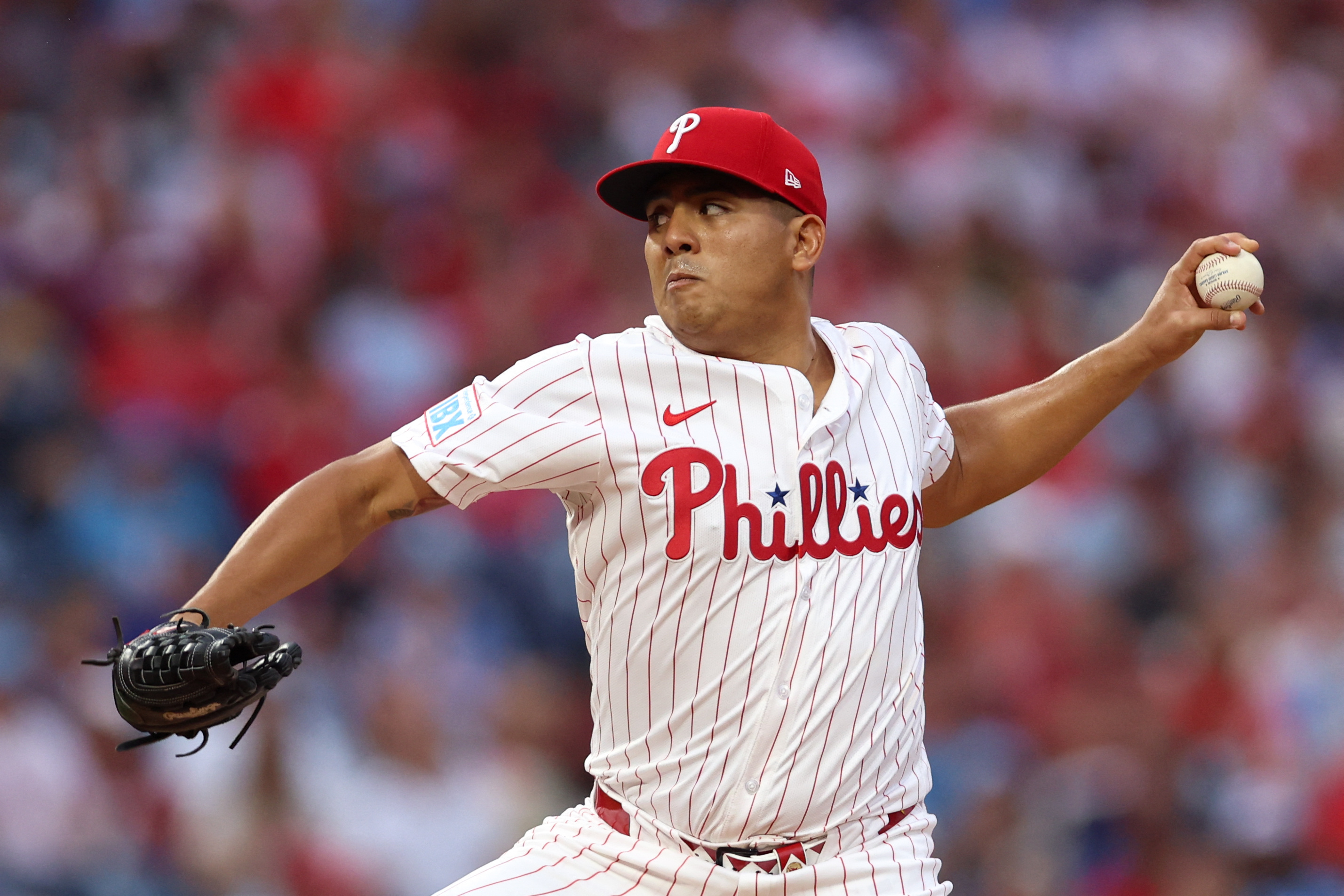
The Philadelphia Phillies’ southpaw was brilliant throughout the first half of the season, owning a 2.15 ERA across his first 13 outings, but he faded in the second half, going 5-5 with a 4.40 ERA.
Regardless, this was Suarez’s best season since becoming a full-time starter in 2022, which is perfect timing for his entry into free agency. But is this someone who can be a top-line starter?
Suarez just recorded his career high in innings pitched this season at 157.1, and has never started 30 games in a season. Of course, the new era of Major League Baseball does not require star pitchers to throw 200 innings or make 30-plus starts anymore, but it’s a luxury the Mets should seriously consider rather than entering another season filled with hypotheticals in the rotation.
Should the Mets pursue?: No
Zac Gallen
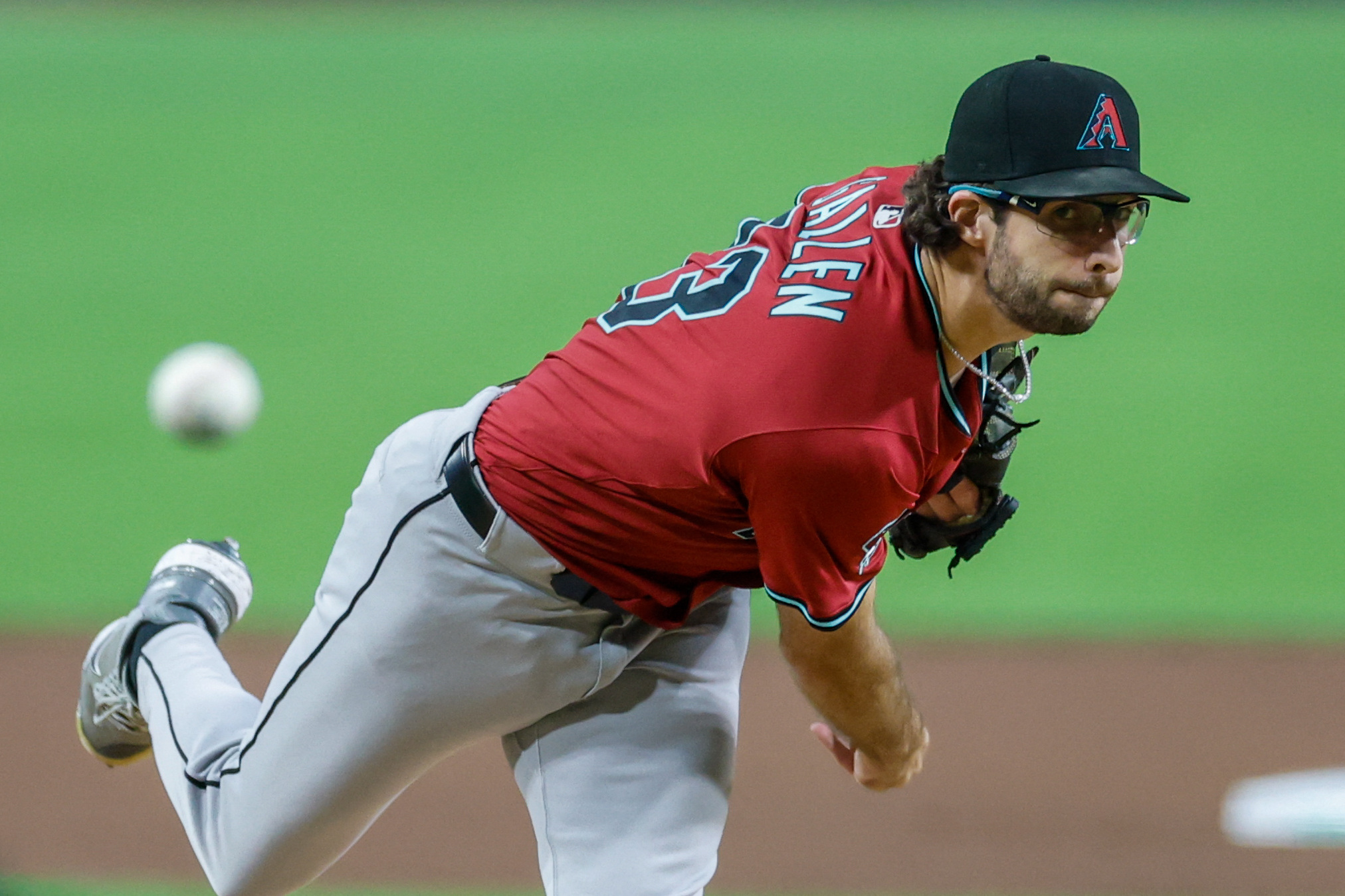
The 30-year-old right-hander is one of the more intriguing and enigmatic options on the free-agent market.
He was one of the best pitchers just a few years ago. In 2022, he went 12-4 with a 2.54 ERA and 192 strikeouts in 31 starts. The following year, he was 17-9 with a 3.47 ERA and 220 strikeouts in 34 starts.
A hamstring injury shortened his season in 2024, but he still made 28 starts with a 3.65 ERA.
He is coming off his worst season as a pro, however, with a 4.83 ERA. He pitched better down the stretch, posting a 3.32 ERA with 54 strikeouts in 65 innings pitched over his final 11 starts. If the Mets’ pitching lab thinks they can get him back on track, it’s a swing worth taking if the price is right for a potential game-changing No. 2 or 3 arm.
Should the Mets pursue?: Yes
The trade market
Sandy Alcantara
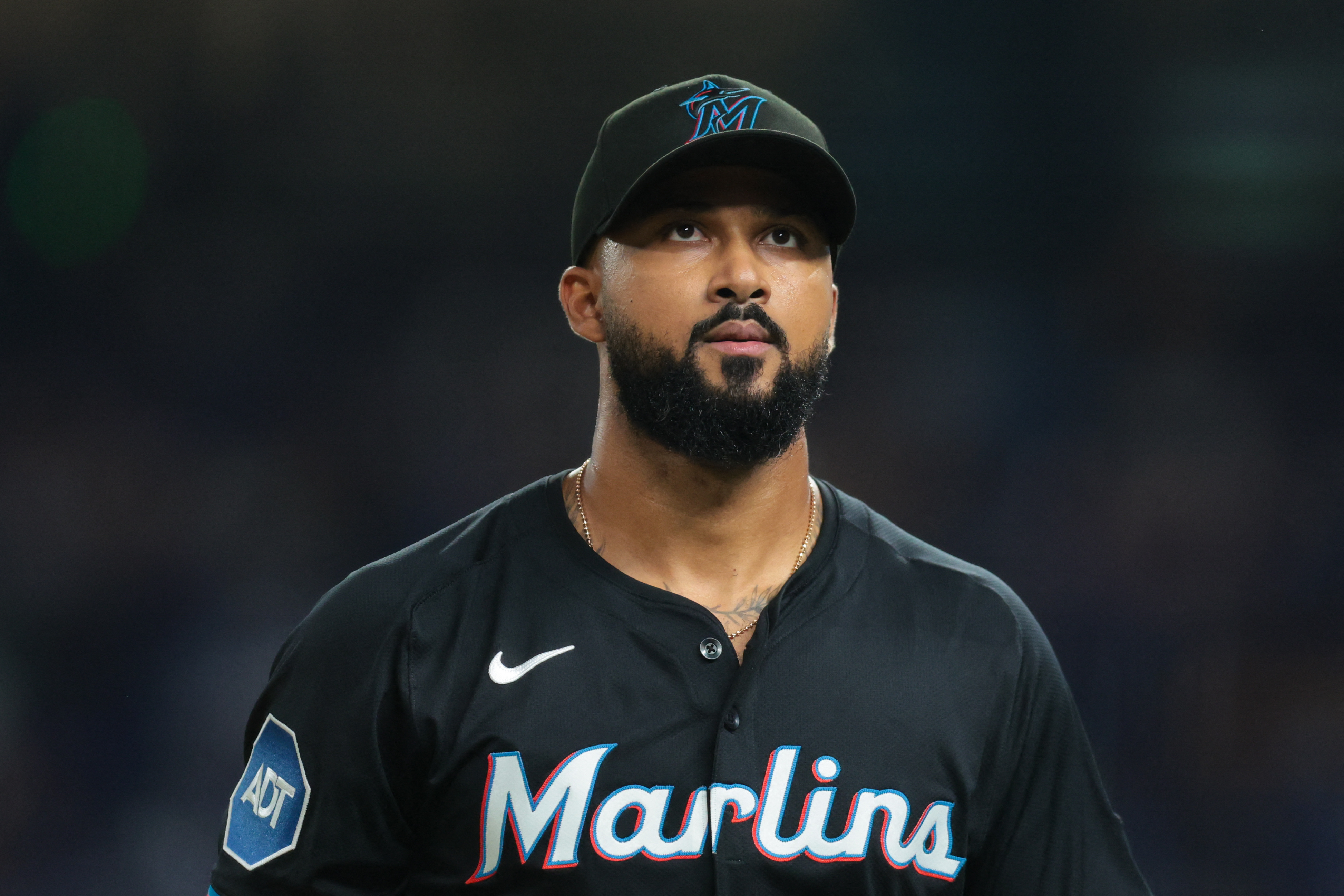
The Marlins entertained trade talks regarding the former NL Cy Young Award winner at the trade deadline and will likely do so again, considering their reputation for trading away their best talent whenever they are trending in the right direction.
The 30-year-old right-hander missed all of 2024 due to Tommy John surgery and then looked terrible upon his return. But he reclaimed his ace-like stuff down the stretch, which should have interested parties champing at the bit to call Miami this winter. Over his last 12 starts of the season, he was 7-3 with a 3.13 ERA and 69 strikeouts in 77.2 innings pitched.
Just think of the last time he was fully healthy. From 2020 to 2022 (72 starts), he posted a 2.74 ERA with a 1.039 WHIP. Getting a fraction of that production now that he is back to full health is worth the investment. He is signed through the 2026 season and is due $17.3 million and has a $21 million club option for 2027.
Should the Mets pursue?: Yes
Joe Ryan
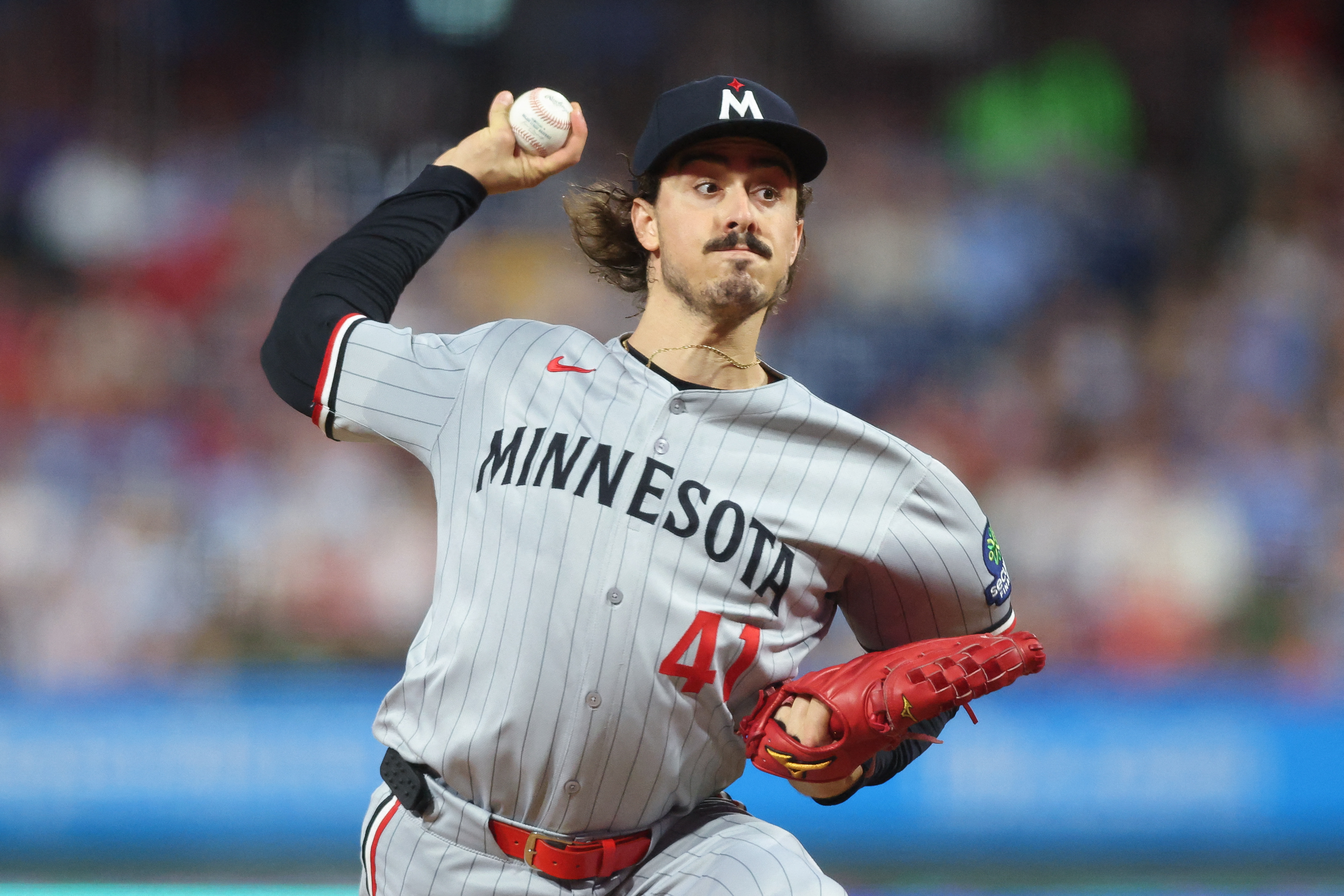
It all continued to come together for Ryan in 2025, as he garnered his first All-Star appearance, posted a career-best 3.42 ERA, and struck out 194 batters in 171 innings.
He isn’t the most traditional of aces. While his 29.2% strikeout rate and 5.7% walk rate are in the 84th and 87th percentiles of Major League Baseball, he is not an overpowering pitcher, and he does not get an abundance of swings and misses.
Just take a look at how these metrics stack up to the rest of the league:
- Chase rate: 25.2% (14th percentile)
- Whiff rate: 26.1% (57th percentile)
- Barrel rate: 11.5% (6th percentile)
- Hard-hit rate: 41.9% (37th percentile)
- Groundball rate: 36.9% (22nd percentile)
Citi Field is a hitter-friendly park, and Stearns is going to address the team’s shocking defensive regression, so those numbers are not the end-all, be-all. But is it enough to part with key future pieces? The Twins had a fire sale at the trade deadline and could continue to do so this winter, meaning they’ll be looking for a lot.
Should the Mets pursue?: No
Tarik Skubal
I do not really need to go into the 28-year-old southpaw’s credentials other than he just polished off another brilliant season that should result in his second straight AL Cy Young Award.
So why would the Detroit Tigers trade the best pitcher on the planet right now, you may ask?
Skubal has one year left on his contract before hitting free agency in 2026, and things from the outside seem tense between him and the Tigers. Evan Petzold of the Detroit Free Press reported last November that the Tigers put forth something that “wasn’t a competitive offer.”
Last month, when team owner Christopher Ilitch was asked about a potential Skubal contract extension, he deflected, saying, “We’re in 2025 right now.”
If that isn’t an invitation for teams to at least inquire, and offer a king’s ransom, for a superstar arm, I’m not sure what is.
Just as a reminder, Skubal is 38-13 with a 2.39 ERA and 571 strikeouts in 77 starts (467.2 innings pitched) since the start of the 2023 season.
Should the Mets pursue?: Duh



